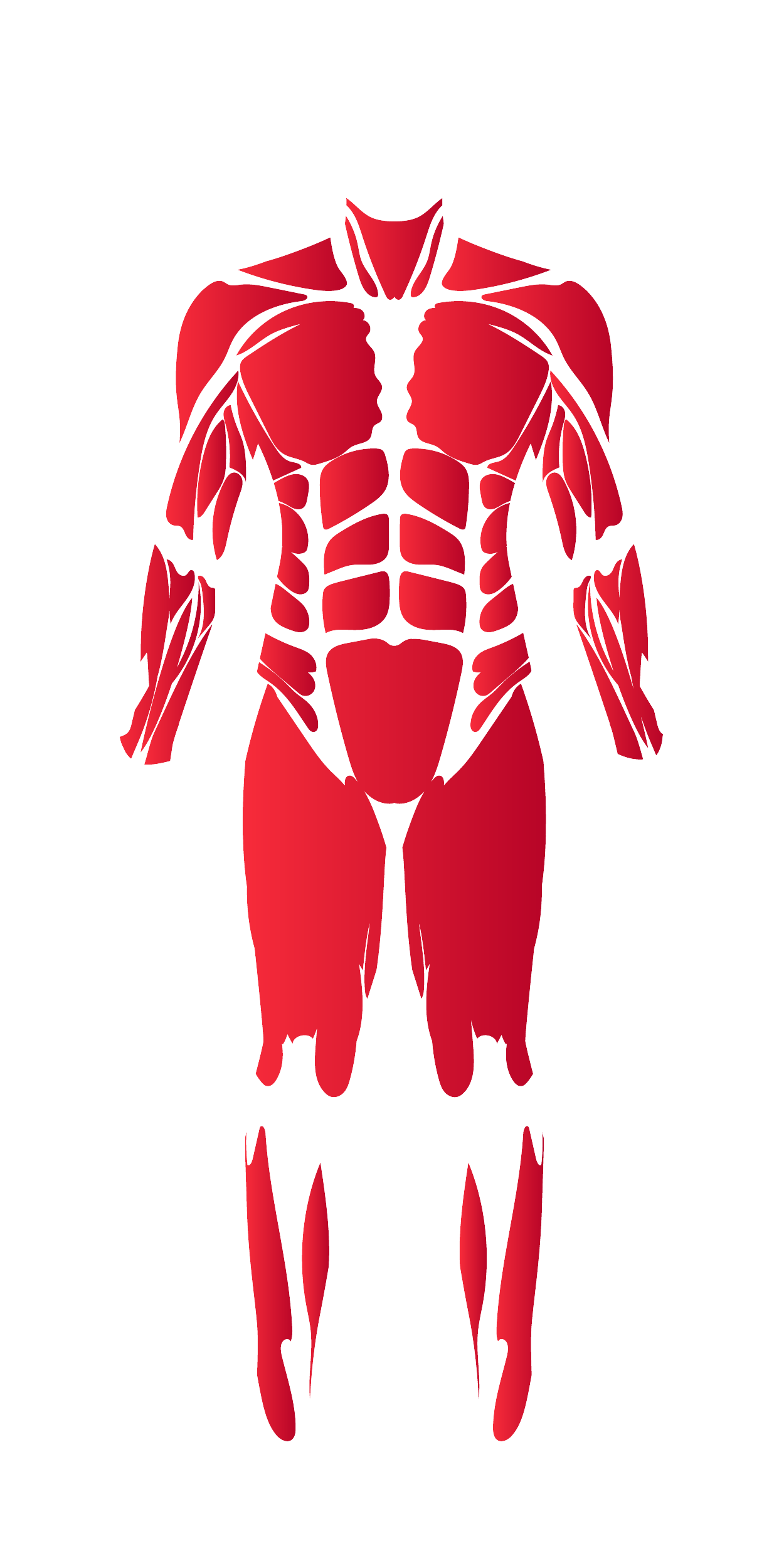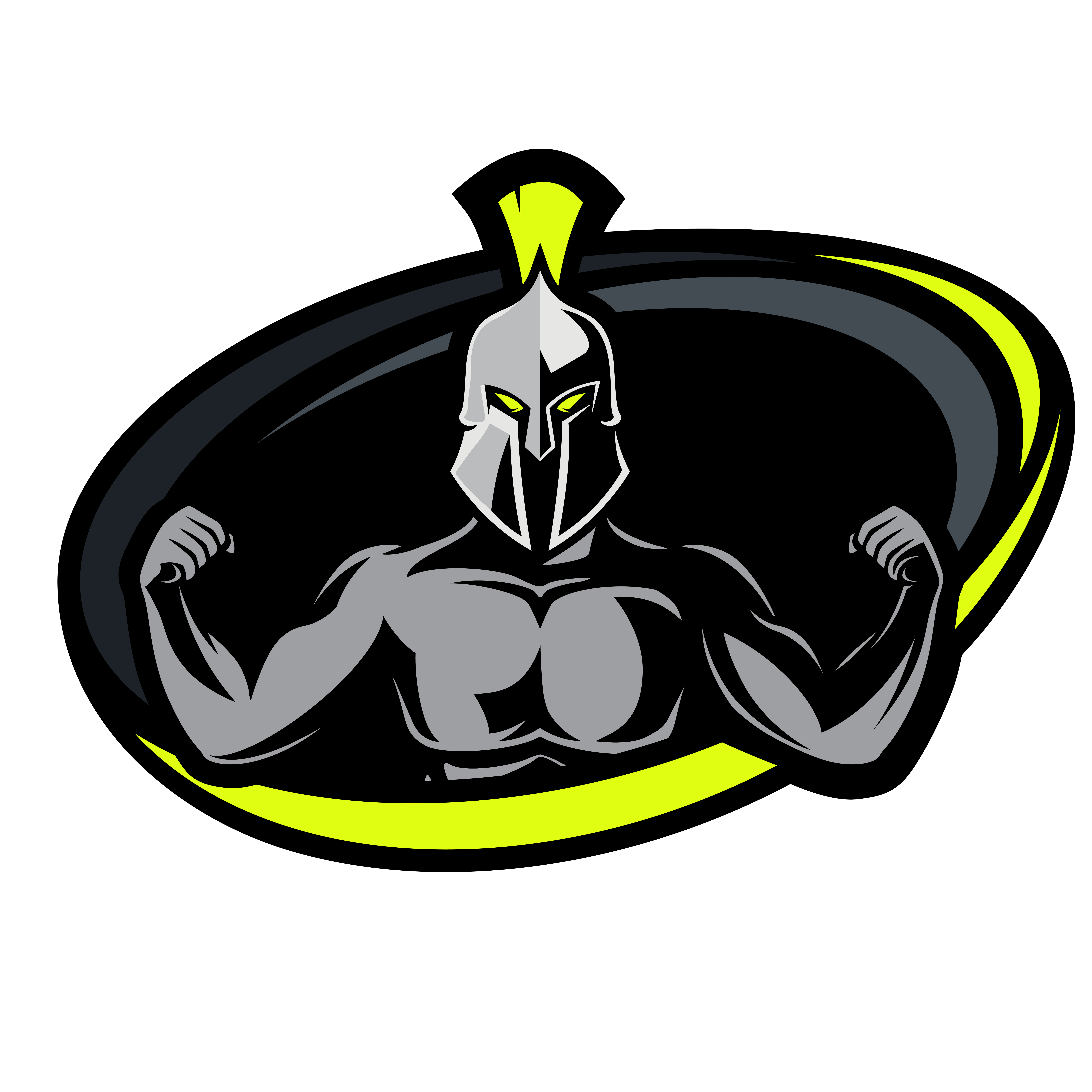Muscle Anatomy
Choose the specific area of your body that you would like to train.

Human muscle anatomy is a complex and intricate system that plays a crucial role in movement, stability, and overall bodily function. The human body contains over 600 muscles, which can be classified into three main types: skeletal, smooth, and cardiac muscles. Skeletal muscles, attached to bones via tendons, are responsible for voluntary movements and are under conscious control. These muscles work in pairs—when one muscle contracts, the opposing muscle relaxes, allowing for smooth and coordinated movements. Smooth muscles, found in internal organs like the stomach and blood vessels, operate involuntarily and help regulate processes such as digestion and circulation. Cardiac muscle, unique to the heart, also functions involuntarily, enabling the heart to pump blood throughout the body.
Muscles are composed of muscle fibers, which are further organized into bundles. Each muscle fiber contains myofibrils, the contractile units responsible for muscle contraction. These myofibrils contain two main proteins: actin and myosin, which interact to facilitate contraction. The size and strength of muscles can be influenced by factors such as genetics, training, and nutrition. Regular exercise, particularly resistance training, can lead to muscle hypertrophy, increasing both muscle size and strength. Understanding human muscle anatomy not only aids in the study of movement and physical activity but also informs rehabilitation practices and the development of targeted training programs.
|
|
|
|
|
